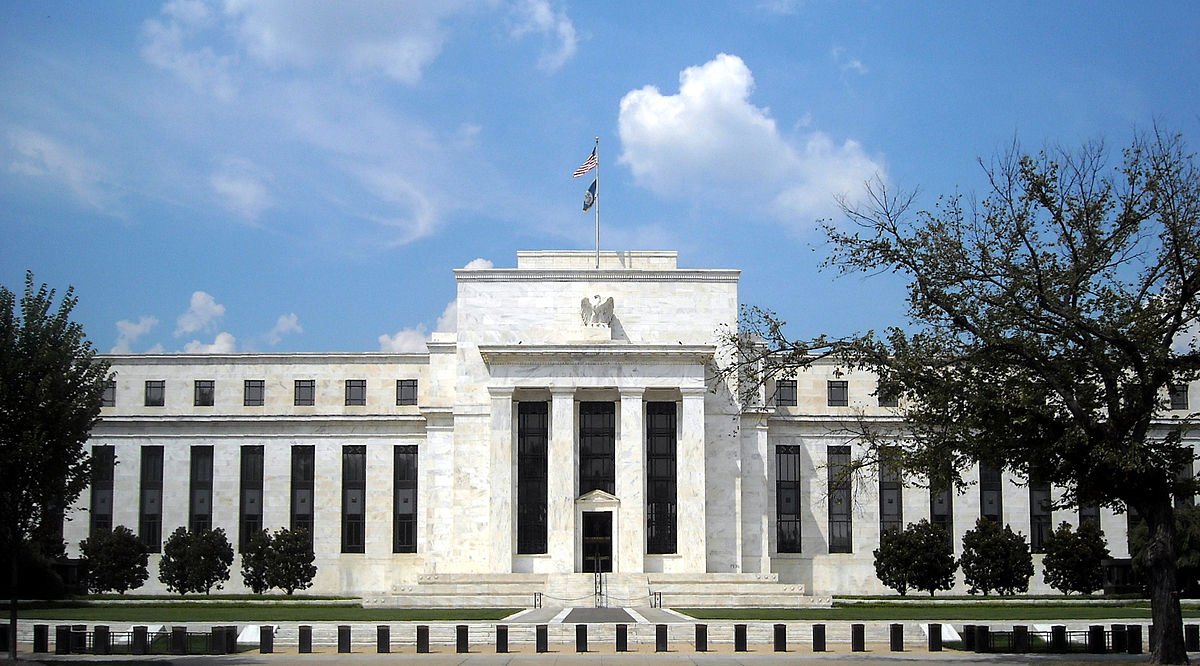Negative interest rates are back in the spotlight. Investors and analysts are redoubling their warnings that with global borrowing costs already so low, central banks will need to be prepared to cut interest rates deep into negative territory in the next economic downturn. The message is taking on urgency as anxiety builds that the US is nearing the end of its current economic expansion cycle.
“I don’t think the central bankers would like to go back into negative rates once they get out of it, but the reality is they may well have to during the next recession,” Iain Stealey, the head of global aggregate strategies at JPMorgan Asset Management in London, said in a Bloomberg TV interview Monday.
The market value of the world’s negative-yielding bonds has jumped almost 25% over the past month to $8.6 trillion amid slower-than-forecast inflation data and as investors piled into the safest securities as perceptions of geopolitical risk increased. That’s happened even after Federal Reserve officials started raising benchmark borrowing costs and said they would begin running off their $4.5 trillion balance sheet “relatively soon”.
Several central banks in Europe cut rates below zero in 2014, followed by Japan in 2016, in a bid to encourage riskier investments and jolt lending. Enduring lows in global interest rates are spurring a renewed debate about the efficacy of charging depositors to hold onto their savings. At some point consumers will rebel against the idea of losing money on bank deposits and move more of their assets to cash. That effectively creates a lower bound for interest rates, the thinking goes.
In a new paper published in the Journal of Economic Perspectives, Harvard professor Kenneth Rogoff makes a case for negative rates, exhorting policy makers to develop the market infrastructure now for their widespread adoption before the next downturn strikes.
Stop Pretending and Act
“It makes sense not to wait until the next financial crisis to develop plans and, in any event, it is time for economists to stop pretending that implementing effective negative rates is as difficult today as it seemed in Keynes’s time," he writes.
The low interest rates this late in an economic cycle is without precedent. Rogoff notes the Federal Reserve cut borrowing costs by an average of 5.5 percentage points in the nine recessions since the mid-1950s—an impossibility today without negative rates.
“The growth of electronic payment systems and the increasing marginalization of cash in legal transactions creates a much smoother path to negative-rate policy today than even two decades ago,” Rogoff writes. He adds that other stimulus tools, such as quantitative easing and forward guidance on policies, have been deployed for several years and are now likely to be less effective.
“Assuming we normalize over the next couple of years, going back to negative rates is certainly possible," Reinhard Cluse, chief European economist at UBS AG, said in a Bloomberg TV interview Monday. “But people are aware of the negative consequences—more than they were before going negative for the first time,” he added, referring to the risk of asset bubbles.
Clock Is Ticking
While the chance of a recession happening in the US over the next 12 months is just 15%, according the median estimate of 40 economists surveyed by Bloomberg, the clock before the next downturn is ticking. The latest cycle of economic growth in the US kicked off in June 2009, making the current period of expansion the third-longest since the 19th century.
Credit markets—typically a forward indicator of the economic cycle—are showing signs of reaching a cyclical peak in risk appetite after last week’s selloff in US high yield debt. Valuations are close to the Halcyon days of 2007 while US corporate leverage, by some measures, is at a record.
Negative interest rates have loosened financial conditions with no major side effects on banks, but more work is needed on the practical limits of cutting ever-deeper into negative territory, the IMF wrote in a paper published this month.


